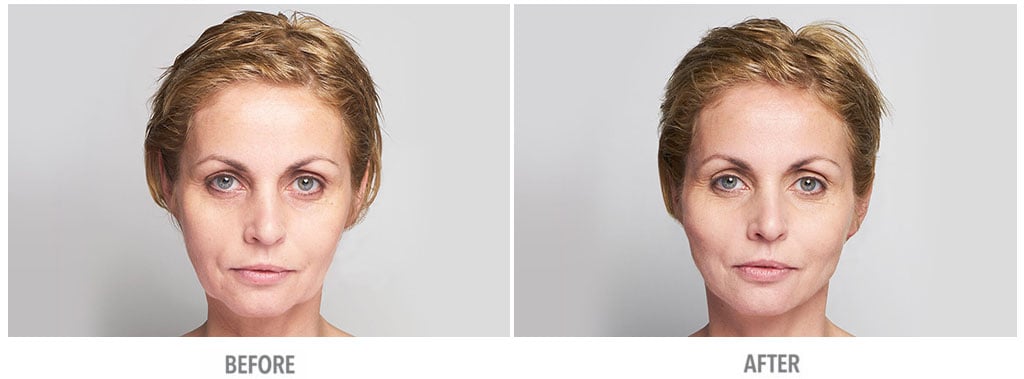
Botox to reduce wrinkles under eyes is a treatment that can be used as an anti-aging method. While Botox has proven to be very effective in some cases, it is not always effective. Let's take a look at Botox and find out what the advantages and disadvantages are. We all want to look younger so we will consider all options.
Dermal fillers
Fillers may be injected by cosmetic surgeons under the eye. However, side effects are possible. Most side effects of dermal injections are short-term and mild. However, some people might experience redness, bruising and itching. Some people may experience prolonged swelling, but this is rare. Ice packs and other treatments are usually prescribed by doctors to reduce pain or discomfort.
Dermal fillers offer natural results and are lighter than traditional surgery. The treated area will be normal to touch, and any facial expressions or movements will be unhindered. Additionally, the results will be subtle so that the patient doesn't appear to have undergone a cosmetic procedure. If you are concerned about how your appearance will change, dermal fillers may be an option. They are an excellent choice for treating sunken eyes and tear troughs, as they're easy to remove with an enzyme known as hyaluronidase.

Laser resurfacing
Your aesthetician will discuss all available options to reduce wrinkles around the eyes during your first consultation. Laser treatments are possible depending on what type of problem you have. Chemical peels can be used to treat superficial under eye wrinkles. The top layer of the skin is removed and a smoother appearance is achieved. Laser resurfacing, on the other hand, can improve pigmentation and fine lines. A single treatment with laser can improve superficial wrinkles. However, deeper wrinkles may require multiple sessions.
Patients are requested to wear non-stick dressings for the procedure. The treatment takes about 30 minutes per eye. Patients are advised to remove all makeup and facial care products. The pulses of laser energy are used to treat the layers of skin. Laser treatment causes little pain so patients can go back to their regular routines right away. After treatment, your skin may feel warmer but should disappear within a few hours.
Chemical peels
There are several different types of chemical peels for wrinkles under eyes. Alpha hydroxy acid is a naturally occurring fruit sugar acid and most chemical peels in this area contain it. It removes the damaged outer layer of skin while stimulating healthy cell regeneration. This process also promotes the production of collagen, which fights wrinkles and fine lines. Afterward, the skin feels moisturized. It appears firmer and more dense.
Scarring can be caused by some chemical peels. Certain people are more susceptible to this effect. These scars can usually be treated. If you have ever had an outbreak of herpes, tell your dermatologist before the procedure. Your dermatologist may be able offer medication to reduce the possibility of a cold blister recurring. Tell your doctor if keloids are present. However, infections are rare.

Surgery
A New York dermatologist, Rachel Nazarian, a clinical professor at Mount Sinai Hospital, advises patients about precautions prior to Botox surgery for wrinkles under eyes. It is important to abstain from alcohol and blood thinners. Advil, Aleve and aspirin are all examples. Supplements containing fish oil and turmeric can be added. These supplements can increase the risk of bruising and may be contraindicated for under-eye Botox treatments.
Botox injections below the eyes can cost a lot. The cost of one session could range from $200 to $800. Others might charge per treatment area. Botox treatment for cosmetic purposes is not covered under insurance. This cosmetic procedure is extremely popular but no one knows whether it will work for all wrinkles. Botox can be a temporary solution for wrinkles around your eyes that is cost-effective and affordable.